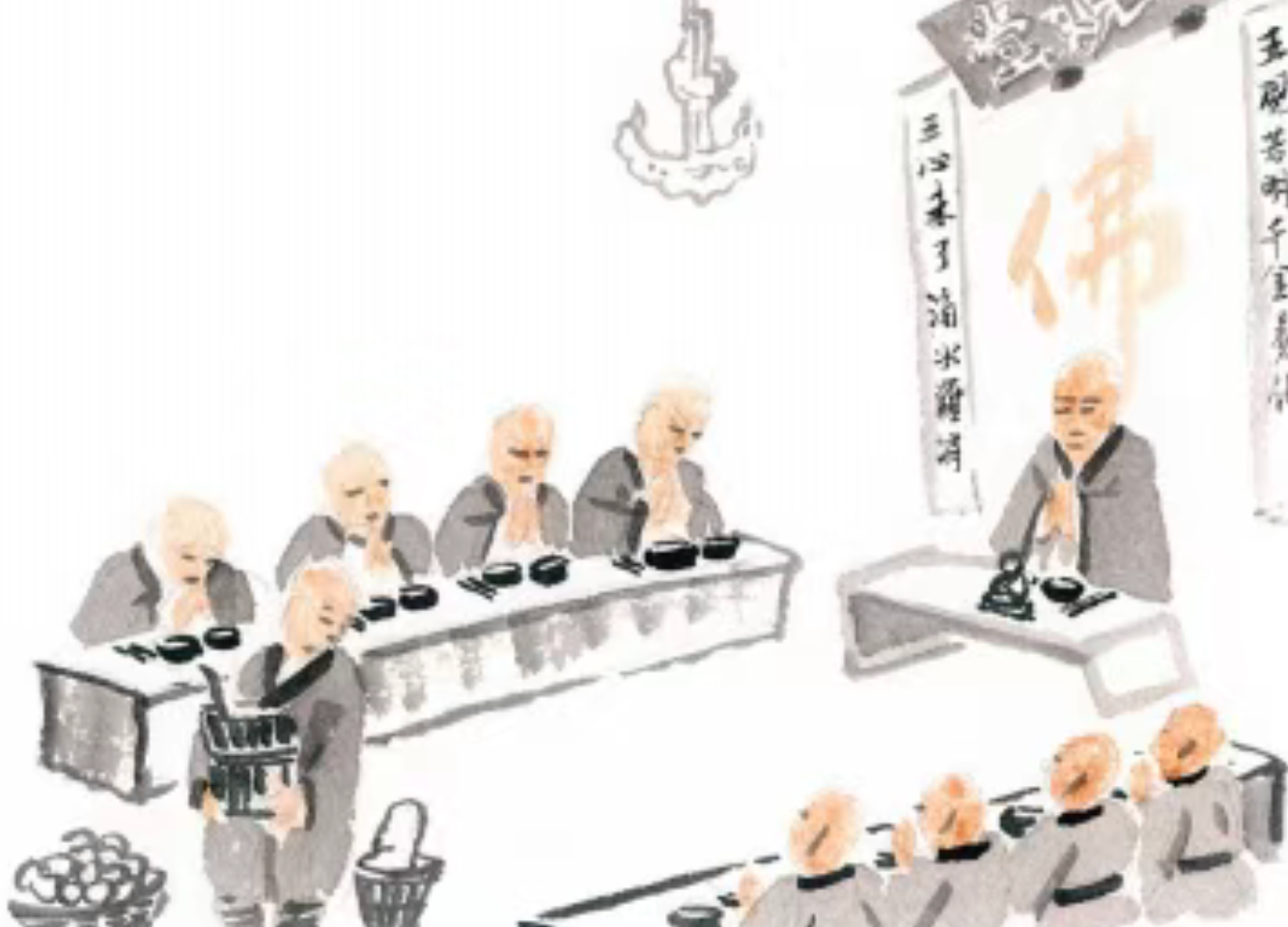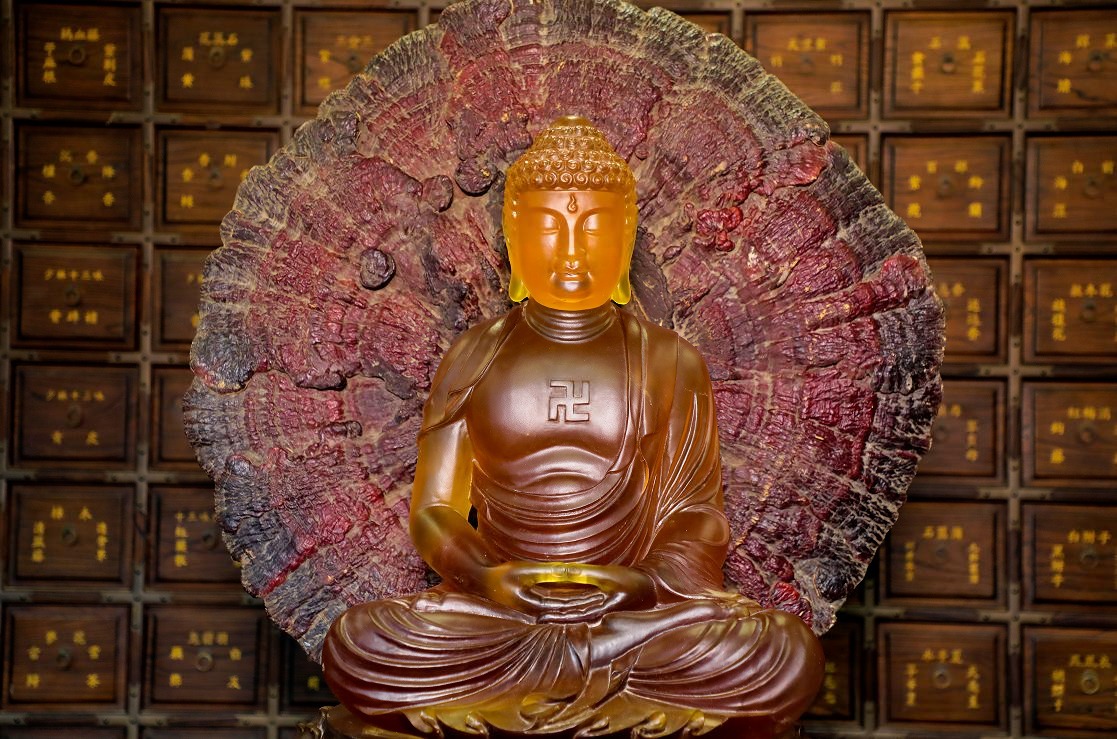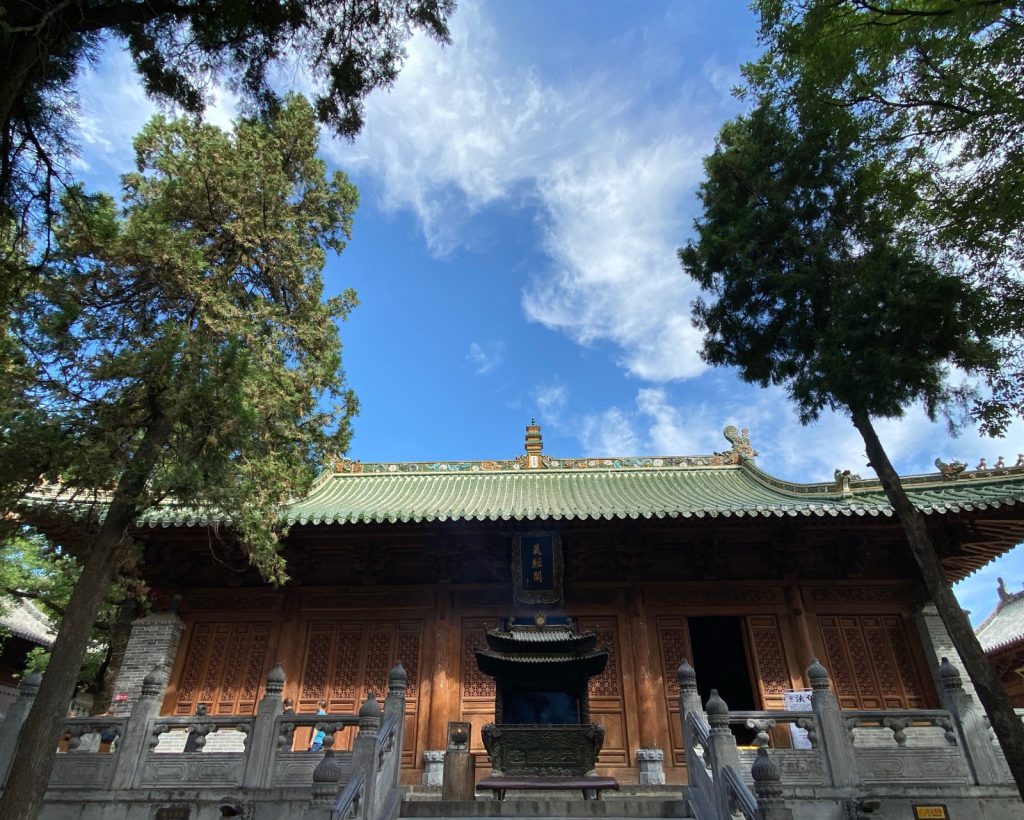
Nestled at the foot of the majestic Mount Song in central China, Shaolin Temple has been revered for centuries as the sacred birthplace of both martial arts and Chan Buddhism. Yet, hidden within its ancient walls lies a quieter, profound treasure—the Sutra Library, the spiritual and cultural heart of the monastery.
Unlike the grand halls and bustling training grounds, the Sutra Library stands serene and solemn. Its wooden shelves house priceless Buddhist scriptures, patiently preserving the wisdom and faith of generations. This library is not merely a building; it is a sanctuary of knowledge, a vessel carrying the silent whispers of history.
Origins of the Sutra Library and Buddhist Legacy
While Shaolin Temple dates back to the Northern Wei dynasty (5th century CE), the establishment of the Sutra Library took shape during the Song dynasty. Historical records such as the Song History and Shaolin Temple Annals reveal that by the reign of Emperor Huizong (early 12th century), Shaolin Temple had constructed a dedicated sutra repository to protect and study Buddhist scriptures.
The Sutra Library was more than a protective vault for fragile hand-copied texts—it symbolized the monastery’s commitment to preserving and propagating Buddhism. Repeated wars and fires in early Chinese history threatened these precious works. The monks recognized this and centralized their collection in a specially designed structure, ensuring the survival of their faith’s cornerstone.
Notably, eminent monks like Master Huiyuan studied and lectured on scriptures within the library. By the Song period, the Sutra Library reportedly housed tens of thousands of volumes, including core Buddhist texts such as the Tripitaka, Diamond Sutra, and Heart Sutra, making Shaolin a pivotal hub of Buddhist scholarship.
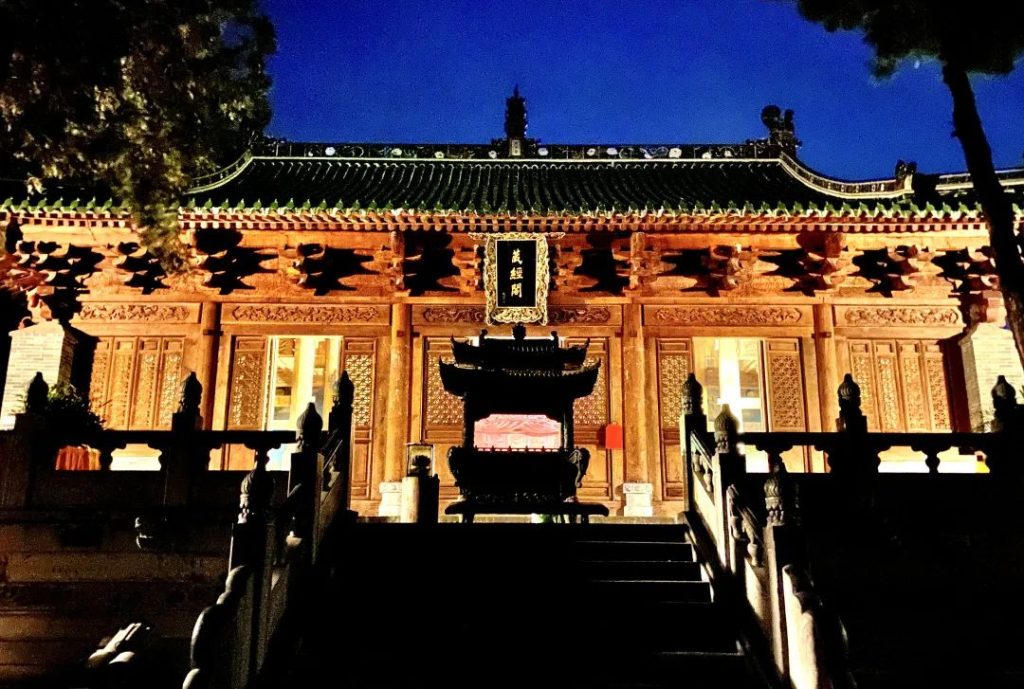
Night view of the Sutra Library
Guardians Amidst War and Turmoil
The library’s history is marked by trials. During the turbulent late Yuan and early Ming eras, Shaolin Temple was repeatedly damaged by war. The Shaolin Temple Annals recount how monks risked their lives moving volumes to secret chambers and mountain caves, protecting the Dharma against the flames of destruction.
Under the Kangxi Emperor’s reign in the Qing dynasty, imperial edicts ordered the renovation and reinforcement of the Sutra Library. Skilled craftsmen rebuilt the structure, recompiled collections, and commissioned reprints of rare texts, reaffirming the temple’s cultural significance.
One vivid historical episode occurred during the Jiaqing Emperor’s rule when a sudden fire nearly consumed the Sutra Library. Several young monks bravely rushed into the blaze, rescuing most of the precious scriptures. In recognition, the emperor bestowed a plaque reading “Buddhism Everlasting,” honoring their devotion to safeguarding spiritual heritage.
Architectural Wisdom of the Sutra Library
The current Sutra Library, mostly restored during the Ming and Qing dynasties, exemplifies ancient Chinese architectural ingenuity. Constructed with layered wooden beams and topped with elegant hip-and-gable roofs, it harmonizes aesthetics with functionality.
Its design emphasizes ventilation and moisture control to protect delicate paper scriptures. Intricately carved brackets and ornamental tiles reflect Buddhist symbolism and the classical principles of balance and harmony. Inside, orderly shelves categorize thousands of scriptures, ranging from religious texts to martial arts manuals that embody the fusion of Chan and combat traditions.
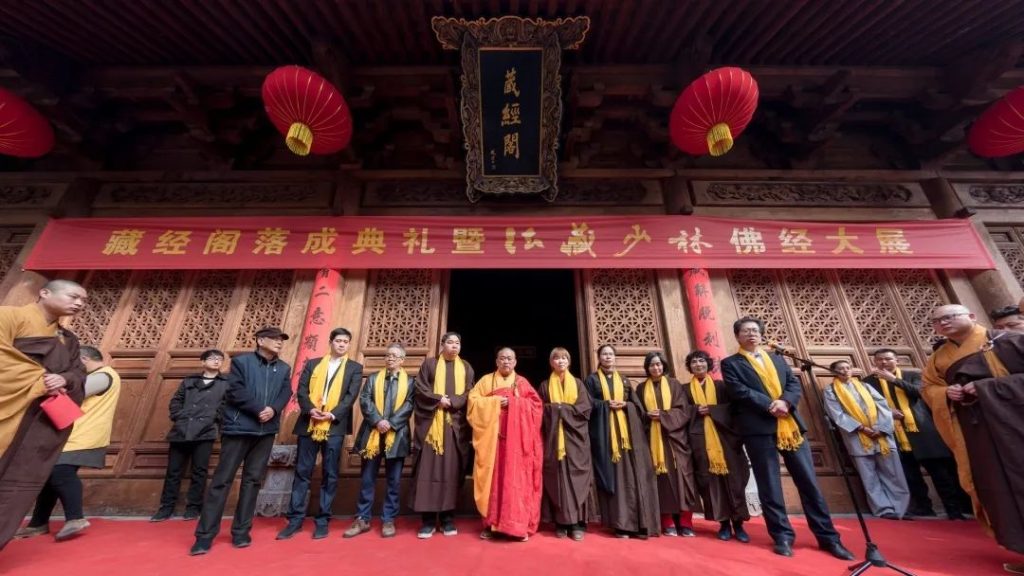
Shaolin Temple’s Sutra Library Renovation Ceremony
Beyond Scriptures: Martial Arts Manuals
The Sutra Library also preserves more than just Buddhist sutras. It houses rare manuscripts detailing Shaolin martial arts theory, internal energy cultivation, and breathing techniques. The integration of Chan Buddhism with martial practice is a defining trait of Shaolin culture, and these texts represent the intellectual foundation of that synthesis.
Early 20th-century French scholar Paul Demiéville’s investigations unearthed many of these volumes, bringing international scholarly attention to Shaolin’s deep cultural and spiritual heritage.
Modern Preservation and Legacy
In the modern era, the Sutra Library faces new challenges. National cultural heritage programs have partnered with Shaolin Temple to digitally archive and protect these ancient texts. Advanced scanning technologies ensure that the knowledge contained within survives the ravages of time while expanding global access to scholars and devotees.
Today, visitors from around the world step inside the Sutra Library, enveloped in the scent of sandalwood and the quiet dignity of millennia-old wisdom. It remains a vibrant symbol of enduring faith and intellectual perseverance.
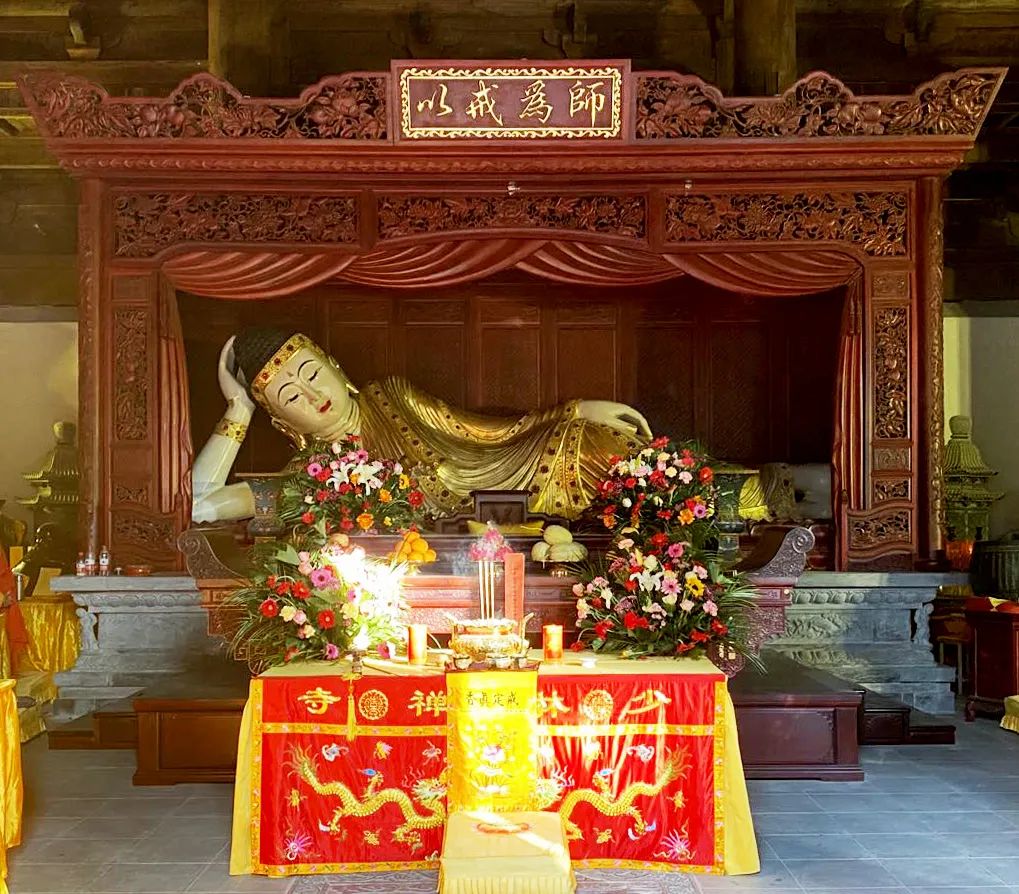
White marble reclining Buddha statue in the Sutra Library of Shaolin Temple
Entering the Sutra Library: A Journey Through Time
Stepping through the heavy wooden doors, one breathes in the mingled aromas of aged paper and incense. Rows of shelves, laden with timeworn volumes, seem to whisper stories of monks deeply engrossed in study, of nights spent illuminating the Dharma by candlelight.
Here, away from worldly clamor, the Sutra Library is a living testament to centuries of devotion. It houses not only texts but the spirit of countless generations who sought enlightenment and mastery over both mind and body.
The Sutra Library of Shaolin Temple stands as a timeless guardian of Buddhist wisdom and cultural heritage. It has withstood war, fire, and time itself, preserving the luminous teachings that continue to inspire the world.
More than a structure, it is a beacon of faith and knowledge, a living archive of the intertwined paths of Chan Buddhism and martial arts, and an eternal sanctuary for seekers of truth.
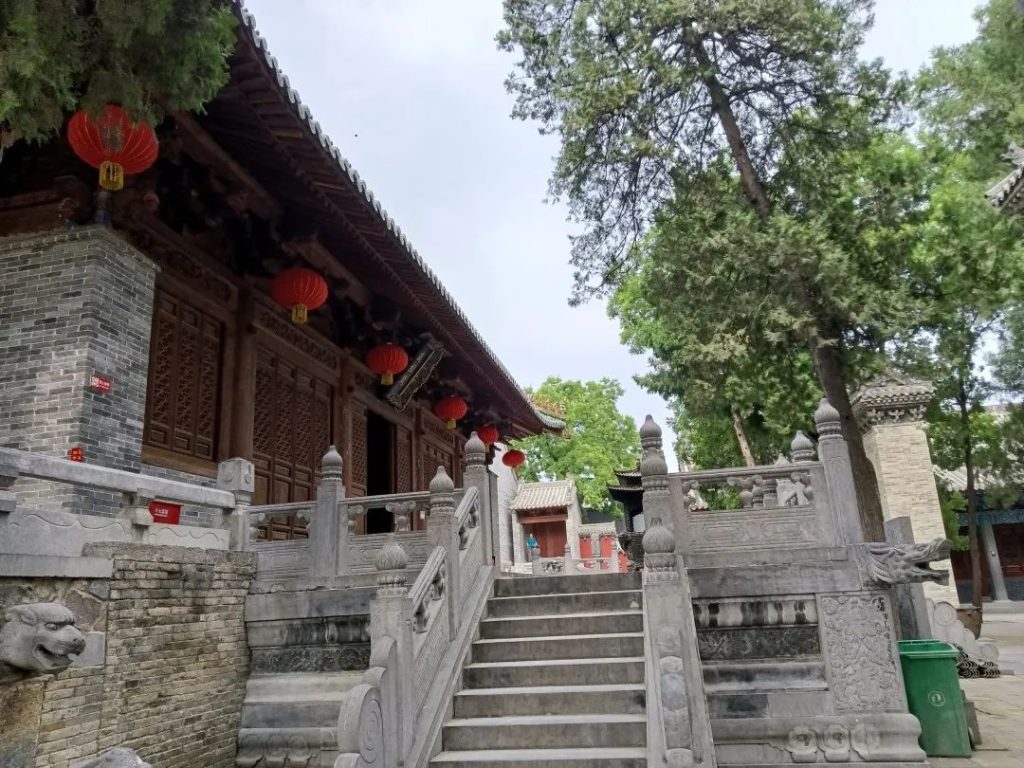
Shaolin Temple Sutra Library (side view)

